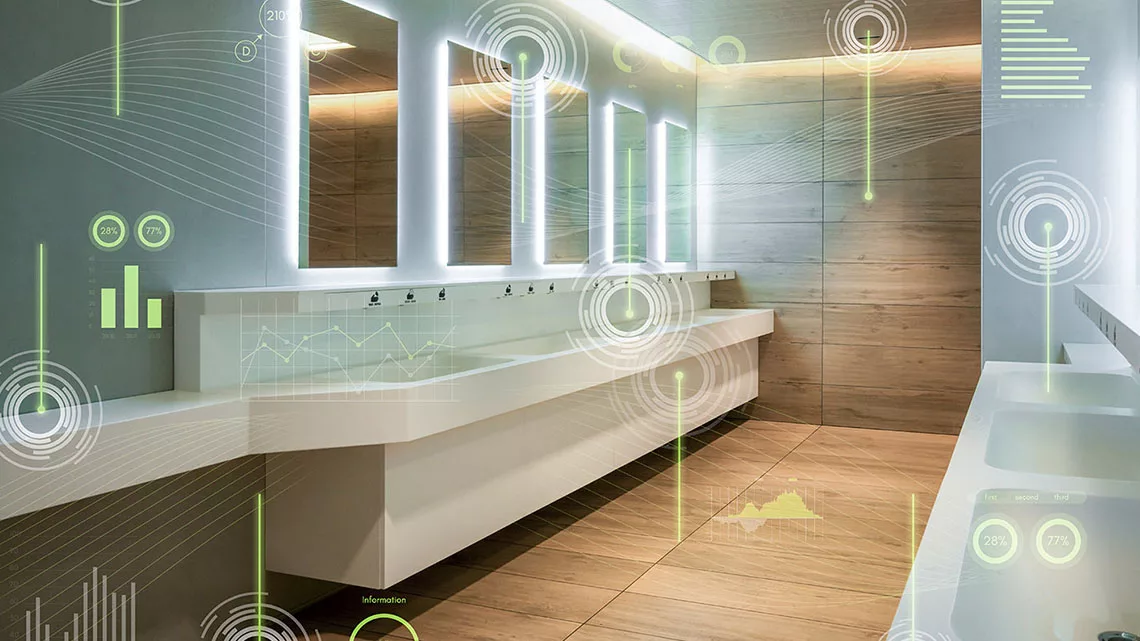Blogs
Achieving Water Saving with Smart Washroom Technology

The modern world has had a profoundly negative impact on our natural landscape. Climate change, pollution, urbanization and growing populations are all putting pressure on precious resources, with water being the most at-risk. Technology and innovation are key to addressing water conservation on the scale that is needed, and in this article, we look at how Smart washroom technology is redefining water conservation in commercial spaces, helping to safeguard a water-secure future.
A healthy natural environment supports our existence on planet earth. Providing essential resources such as a stable climate, clean air and plentiful supplies of water, a balanced ecosystem is essential for our wellbeing.
But as the human race has evolved, advancements in industry, commerce and technology have upset the balance and had a negative effect on our environment. Increased pollution and greenhouse emissions have directly contributed to climate change, which is damaging our environment.
A threat to precious supplies
Time to act
Water wastage in the traditional washroom
Smart water metering
Waterless innovation
Smart appliances
Achieve water savings, go Smart
Latest Posts
World Earth Day: Advancing Water Sustainability with Smart Washroom Sensors
April 22 marks Earth Day, a global event dedicated to environmental protection and sustainability.
Why the Smart Washroom market is set for explosive growth in 2025
Smart washroom technologies have revolutionized the public restroom experience.
Smart Washrooms in Airports
Modern airports are busy spaces. With millions of passengers transiting daily, efficiency and cleanliness are more than conveniences – they are necessities.
Greenwashing in the Washroom – are Eco-Friendly Products all They Appear?
With sustainability a key focus across all sectors, many brands are now engaging in ‘greenwashing’ – the practice of misleading consumers by exaggerating environmental benefits.
The Future of Washrooms: How Smart Solutions Are Redefining Hygiene, Sustainability, and User Experience
The traditional washroom has undergone a significant transformation in recent years. Often viewed as a basic space with limited functions,
